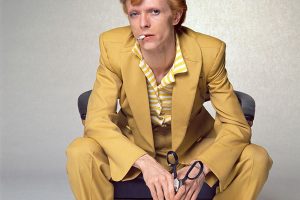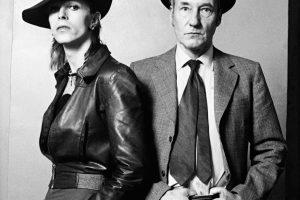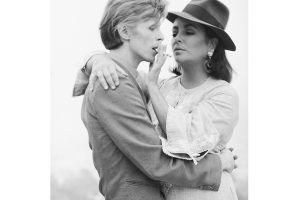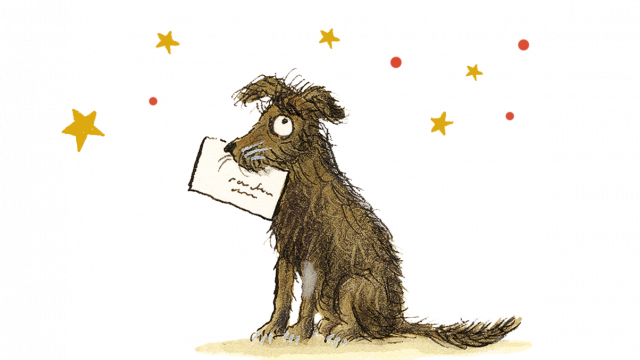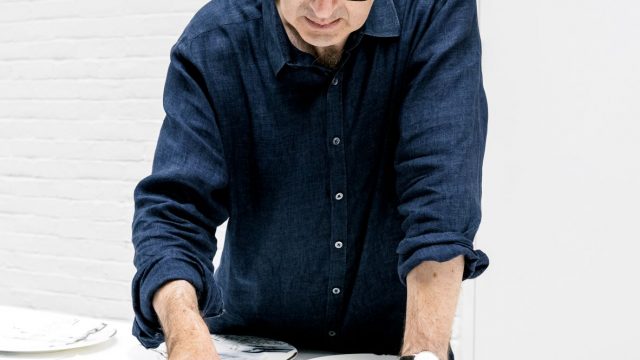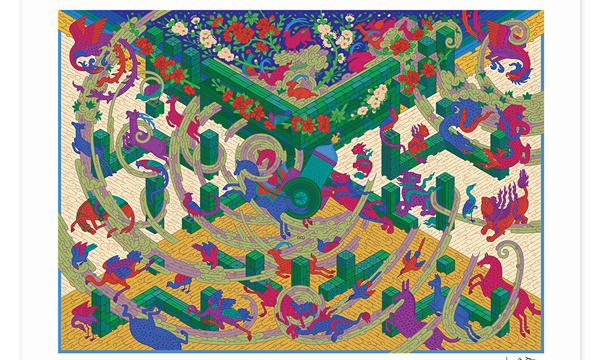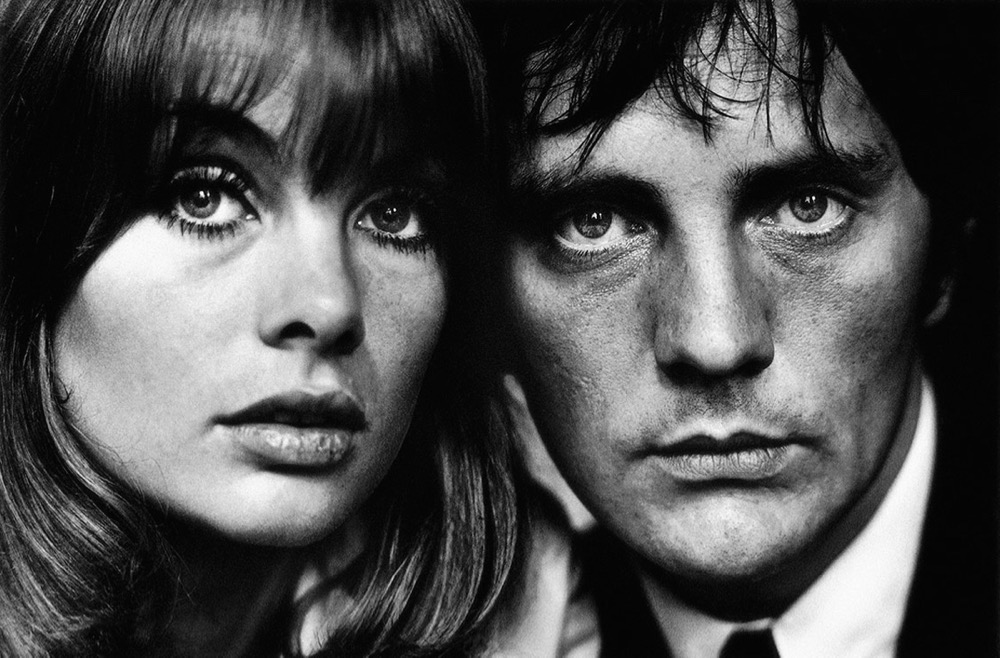
Last week, we caught up with photographer Terry O’Neill, who reminisced on life behind the camera. O’Neill, who turns 80 this month, described some of his best-known works (and the lesser-known stories behind them), like Elizabeth Taylor waiting five hours for David Bowie to materialise at lunch, to Bowie scrawling ‘2 Wild Boys’ over an image of himself and William S. Burroughs.
Yet only probing Terry’s memories on a handful of images – when his career has been both long and illustrious – seemed a missed opportunity. Images like The Rolling Stones on Tin Pan Alley or Jean Shrimpton and Terence Stamp staring into the camera, have become visual shorthands for the 1960s when music, fashion and film converged, solidify Britain’s status as the youth revolution’s pressure point.
With V&A exhibitions like Mary Quant (2019), You Say You Want a Revolution (2016) and David Bowie Is (2013) drawing on the energy of the ’60s , I couldn’t help but wonder what it’s like to see an era you photographed and lived through presented as a moment of historical significance.
https://youtu.be/nVfUPuf1qC4
“I still can’t believe it,” is O’Neill’s candid response. “I mean, we were all just kids in the ’60s – just starting out, trying to figure out what we all wanted to do, to be. It was the world we worked in and lived in – music, fashion, art, film. That’s why we all knew each other because we were all working together. I remember times when we’d be at the Ad Lib club, a pub off of Leicester Square, and we’d be laughing at our good fortune! This would have been in the early 1960s. None of us thought this would last – new music would come in, a new film, the fashion would change – and we were all trying to figure out what type of proper jobs we could get.
Ringo [Starr] was thinking about opening a chain of hair salons for his missus. George [Harrison] thought he could get a job at a bank. We laughed at the thought of Mick [Jagger] performing when he was 40. And look at him now!”
Did you ever imagine your images would define the era, capture the zeitgeist, and eventually be shown in museums?
“No, not at all. When I started it was a job. And I’d go on six, sometimes eight assignments a day, running all over town. Pictures were for the papers or magazines and back then, it was a way to get yourself into the press. If you were a band, then a photo in the paper could mean hundreds of tickets sold – or even thousands of records. For a film star, images of an actor on-set meant more people knew the film was coming out. It’s only now that I realise what that era, that decade, meant to people and how important it would become. But back then, we were too busy living it to realise the significance.”
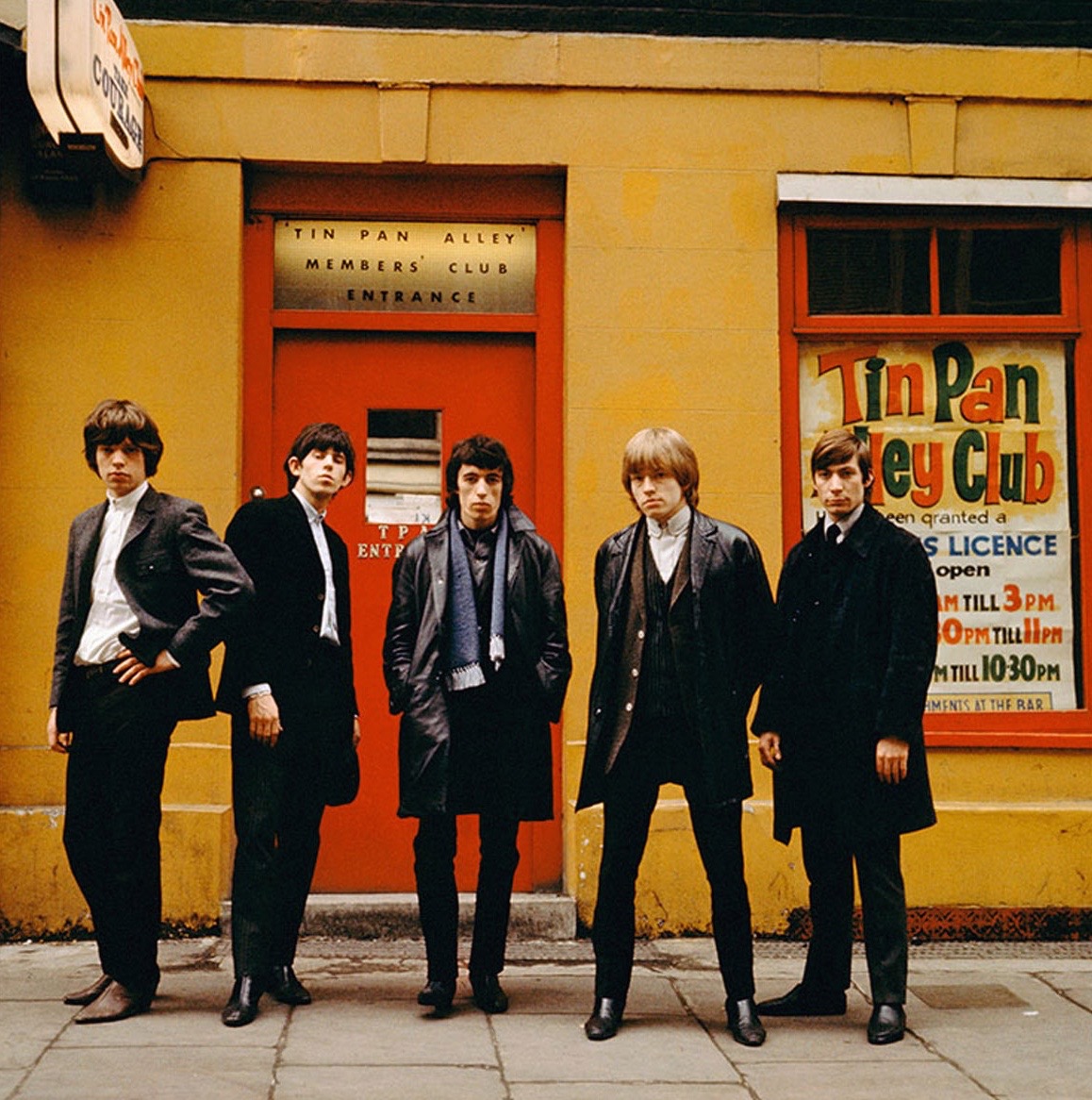
What is it that draws you to performers?
“I started out working with performers. Because I was close to their age and probably 10 or even 20 years younger than the other photographers on Fleet Street, it was assumed I would be the best one to go because I was likely to have something in common with them. Of course, being a jazz drummer myself, I could talk music all day long.
“When I started, The Beatles were just beginning, The Rolling Stones, Michael Caine, Vidal Sassoon – we were all just starting. I was never in that situation where I thought, ‘Wow, how am I going to talk to that person?’ Except when I first went out to Los Angeles. This must have been in the early-mid 1960s. I was going to take photos of the big stars like Fred Astaire. When I arrived, all he wanted to talk about was The Beatles!”
Speaking of big stars, do you have a favourite performer?
“Frank Sinatra. It was an honor to work with him, someone I admired for so many years. He was the best.”
Tell us about Sinatra.
“I knew [Sinatra’s wife], Ava [Gardner], you see, when I got the call to be on the set in Miami to work with Frank Sinatra. I was pretty nervous, but Ava said ‘don’t worry’ and she wrote a note, sealed it and said ‘give this to him’. When I turned up on the film set, I saw this group of intimidating guys rounding the corner of the boardwalk, with Sinatra front and centre. Snap-snap-snap I went – and they came right up to me.
I handed Frank Sinatra the letter from Ava, he read it, looked at me – then looked at the guys and said ‘It’s OK boys, he’s with me.’
“From then on, I was able to go anywhere with Frank. He gave me complete access and enabled me to take photos whenever and wherever. And the lesson I got from that was to stay out of the way. Allow the star to be, and not to interfere.”
What do you feel is your best work?
“When I look back at my career now, I can’t believe how lucky I’ve been. I’ve had a fantastic life. But I suppose it’s the Brigitte Bardot shot – with the wind blowing her hair in her face – that was the photo that made me think, hey, I got it. I got the shot I wanted. It gave me confidence. And people always ask me about the photo of Faye Dunaway at the pool. That came about because I wanted to get the image of what it felt like the morning after winning an Oscar – not the photo of a few minutes after and the winner holding up the Oscar with the big smile.
I wanted to capture the feeling of waking up the next day and realising your life has just changed.”
Do you have a favourite memory of the V&A?”
I love the V&A. They have one of the best permanent collections and are also very active in education and research. My favourite recent memory of the V&A was walking into the David Bowie Is exhibition and seeing my work on display. And watching the reactions of the people who attended. How moved people were by seeing the exhibition. It was a great honour.”
Lastly, what songs come to mind when you think back to the 1960s?
“Can’t Buy Me Love by The Beatles. It’s the song that always runs in my mind when I’m asked about ’60s.”
Browse Terry O’Neill’s prints
Discover signed, limited edition prints by Terry O’Neill
Shop now ▸
